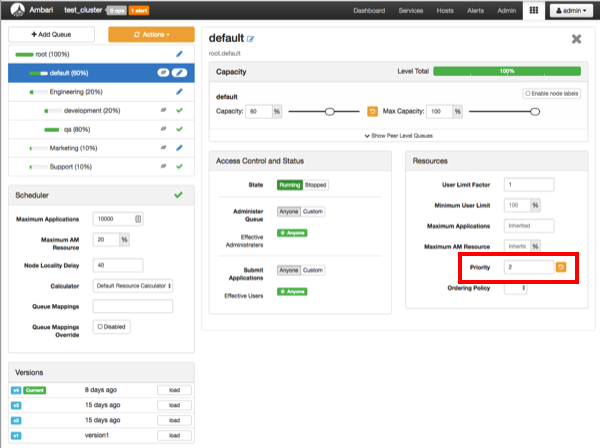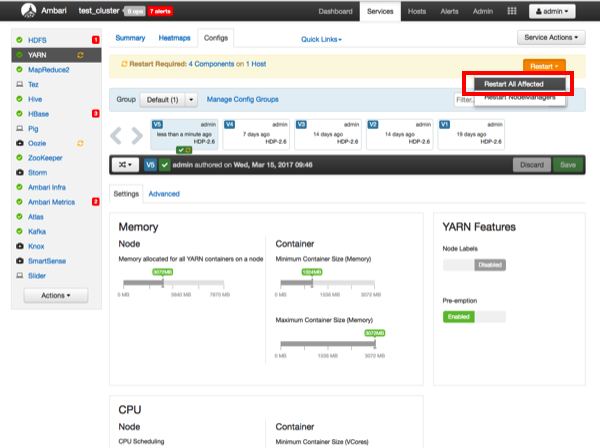

The example model shown in this post is here.US20130145345A1 - Continuous time mode-driven simulations in a graphical modeling environment In this case the agent with the lowest priority (earliest time of entry) will exit via outPreempted port and give its space to the incoming agent. In this case, you still set the queuing discipline as Priority-based, but the priority should be based on a time of entry time-stamp inside each incoming agent. If we want the queuing discipline to be LIFO (last in first out) for the preemption, we need to use a workaround. If the queuing discipline is Priority-based, the agent with the lowest priority (which could be the incoming agent) will exit via outPreempted port and give its space to the incoming agent with a higher priority. You can see that the last agent that entered the queue was at time 11.02, all the other agent after that time are redirected to queue_Preemption.

QUEUE ANYLOGIC ENABLE PREEMPTION FULL
To demonstrate this, each agent in the model below has is animated with a circle that shows the entrance time of agent to the process and its priority value (a random value between 1 to 10).Īs shown in the picture below, after the queue becomes full any new incoming agent exits via outPreempted port.

If the queue is full, preemption is enabled, and queuing discipline is FIFO, the new agent cause the last agent to be thrown out of the queue via outPreempted port. A priority queue always accepts an incoming agent, evaluates its priority and places it at the corresponding position in the queue. The queuing discipline may be FIFO (default), LIFO, or priority-based.
QUEUE ANYLOGIC ENABLE PREEMPTION WINDOWS
To enable preemption for a queue, you should click on the queue and in its “Properties” windows check the “Enable preemption” checkbox. However, if the previous block that is connected to the queue is set to “Push Protocol” and pushes an agent into a full queue with enabled preemption, then this new agent will exit the queue via outPreempted port. However, there is a third option for handling this scenario and that’s to enable “ preemption” for the queue.Īs mentioned before If the queue is full, it won’t let a new agent to enter it. Therefore, if the previous block that is connected to the queue is set to “Push Protocol” (e.g., Source) and pushes an agent into a full queue, AnyLogic will throw an exception message like below:Īs shown in the picture above AnyLogic suggests two options for this situation: increasing the capacity of the subsequent blocks (including the queue itself) or using Pull protocol. This default setting guaranties that the arrival mechanism defined by the modeler is not changed unintentionally due to lack of available capacity in the flowchart. As shown in the example below, if a queue with a capacity of 9 is full, the incoming agent will pile up in the previous blocks (queue 3).Īlthough, “Source” supports pull protocol, by default it is set to “push” agents out. AnyLogic Blocks such as Source, Enter, Delay, Pickup, Dropoff, Seize, Batch, Unbatch, Combine support “pull” protocol. In a “pull” protocol, flowchart objects will stop and wait until the next objects are ready.

Since the “in” port of the queue is blocked in a full queue, by default the previous blocks will hold the agents assuming they have enough capacity available (pull protocol). If the queue is full (based on its capacity), it won’t let a new agent to enter it. Queue block helps us model a queue of agents that are waiting to be processed in the next block of flowchart.


 0 kommentar(er)
0 kommentar(er)
